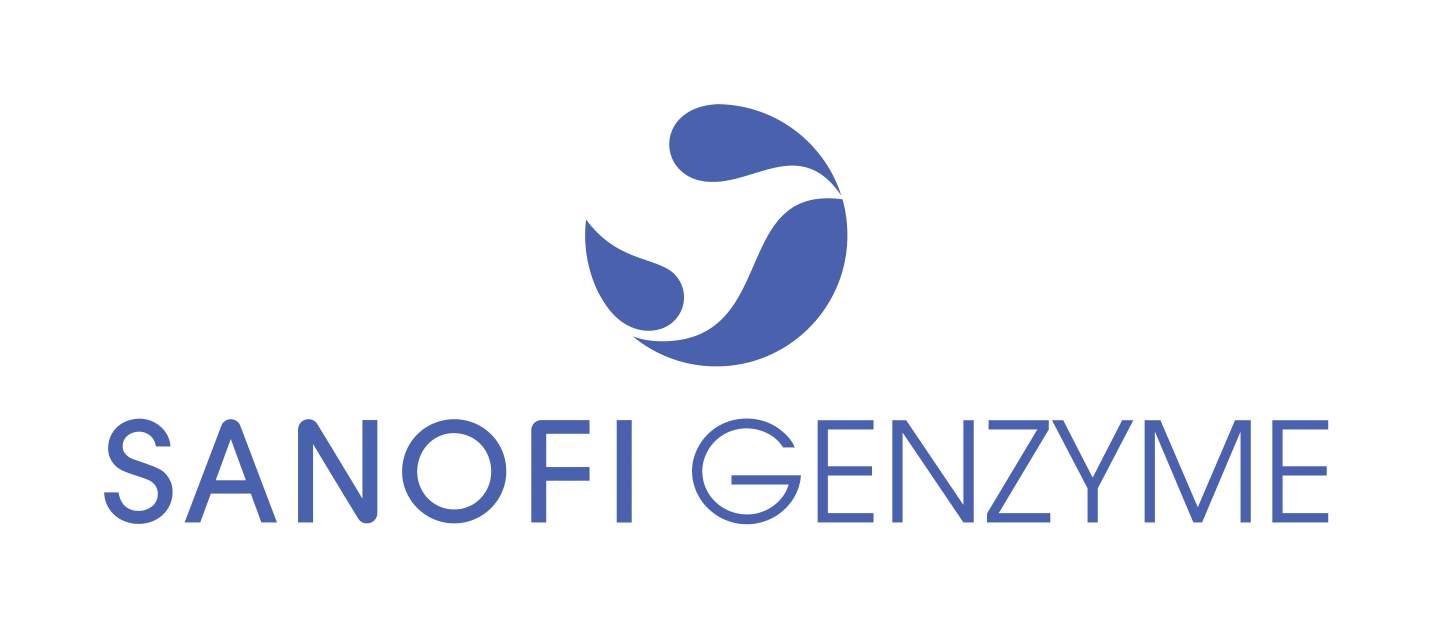National Hemophilia Foundation (NHF) - Posters
An analysis of fatalities in persons with congenital hemophilia A (PwcHA) reported in the FDA Adverse Event Reporting System (FAERS) database |
|
|
|
 reported in the FDA Adverse Event Reporting System (FAERS) database-1.png)
|
Objectives:
Disease- and treatment-associated mortality, particularly in newly available therapies, is of great interest to the hemophilia A (HA) community. The US FAERS database catalogues adverse events (including fatalities) reported to the FDA by industry, healthcare providers and patients/caregivers. We report the results of an analysis summarizing causes of death in PwcHA treated with FDA-approved coagulation products in the last 20 years reported to FAERS, and compare the reported causes of death across conventional therapies and emicizumab.
Methods:
This descriptive analysis summarizes publicly available information on fatalities in therapies indicated for PwcHA from January 1, 2000 through December 31, 2019. The FAERS dashboard was searched for all FDA-approved coagulation Factor (F)VIII (including plasma-derived and recombinant; standard and extended half-life) and bypassing agent products (activated prothrombin complex concentrate, recombinant activated FVII). Where patients were exposed to multiple therapies, the first therapy reported was used for classification. Duplications and events in rare bleeding disorders other than congenital HA were excluded; included results were summarized into categories described by the HA mortality framework (NHF abstract#23). The known limitations of FAERS were assumed to apply to all products. The analysis was conducted without correcting for known biases in adverse event reporting (including channeling bias and Weber effect).
Summary:
Overall, 723 fatalities contemporaneous to coagulation product use were identified in FAERS: 409 in PwcHA, 223 in acquired HA, and 91 unknown. Excluding acquired HA, 500 fatalities were reported: North America (31.6%), Asia/Pacific (29.4%), Europe (23.4%), other/unspecified (15.6%). For 39.8% of fatalities, the patients age was unknown; otherwise, most fatalities were in those ?41 years old (23.4% in 4165 and 18.2% in >65); deaths in children and adolescents (<18 years, 9.4%) and ages 1940 were reported (9.2%). No cause of death was attributed for 25.8% of reported fatalities. Among those with cause of death attributed, the majority were classified as hemorrhage (21.8%) or thrombosis (11.0%, including myocardial infarction). Fatalities from infection/sepsis (10.6%), malignancy (6.8%), and cardiac dysfunction (4.0%) were reported for all products; trauma or other accounted for 4.6% and 13.4%, respectively. HIV/HCV accounted for 2% of fatalities (FVIII only). Nearly 50% of hemorrhage-related fatalities were intracranial. As of December 31, 2019, 10 fatalities in PwcHA taking emicizumab have been reported to FAERS, with causes of death consistent with other coagulation products (Figure); although emicizumab data is limited by shorter time on market.
Conclusions:
This analysis demonstrates a generally consistent pattern of reported mortality in PwcHA across treatment regimens, and the utility of a unified approach to cross-examining mortality for all hemostatic agents. Underreporting, variability in reporting, limited case information, and small overall numbers in FAERS hamper classification of cases, highlighting the need for detailed, timely reports for evaluation of mortality risk in PwcHA.



